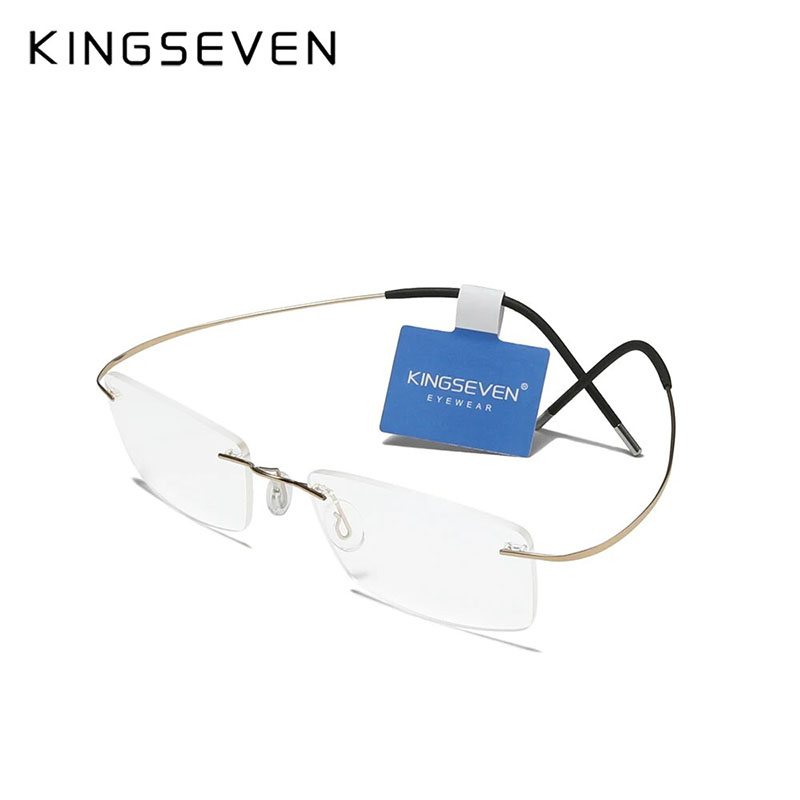- English
- Español
- Português
- русский
- Français
- 日本語
- Deutsch
- tiếng Việt
- Italiano
- Nederlands
- ภาษาไทย
- Polski
- 한국어
- Svenska
- magyar
- Malay
- বাংলা ভাষার
- Dansk
- Suomi
- हिन्दी
- Pilipino
- Türkçe
- Gaeilge
- العربية
- Indonesia
- Norsk
- تمل
- český
- ελληνικά
- український
- Javanese
- فارسی
- தமிழ்
- తెలుగు
- नेपाली
- Burmese
- български
- ລາວ
- Latine
- Қазақша
- Euskal
- Azərbaycan
- Slovenský jazyk
- Македонски
- Lietuvos
- Eesti Keel
- Română
- Slovenski
- मराठी
- Srpski језик
Scientific knowledge of optical glasses
2025-10-09
The Concept of Optical Glasses
Lenses, prisms, contact lenses, and intraocular lenses are used to correct vision, relieve visual fatigue, and protect or treat the eyes. There are many types of glasses. Refractive errors are corrected with optical glasses and contact lenses. In addition to contact lenses, intraocular lenses can also be implanted for aphakia. There are also various protective glasses, cosmetic glasses, and vision aids for correcting low vision. All lenses are thin, and their lens density is the reciprocal of the focal length .

What is the difference between optical glasses and ordinary glasses?
Ordinary glass
Regardless of chemical composition or solidification temperature range, it is obtained by supercooling the melt. Due to the increase in viscosity, it possesses the mechanical properties of a solid, and the transition from liquid to glass is reversible.
Optical glass
Optical glass is a specific mixture of high-purity oxides of silicon, boron, sodium, potassium, zinc, lead, magnesium, calcium, and barium, etc., melted at high temperature in a platinum crucible, stirred evenly with ultrasonic waves to remove air bubbles, and then slowly cooled over a long period of time to prevent internal stress in the glass. After cooling, the glass blocks must be measured with optical instruments to verify their purity, transparency, uniformity, refractive index, and dispersion. Qualified glass blocks are then heated and forged to form optical lens blanks.
Types and differences of optical lenses
Optical eyeglass lenses are categorized by material, including glass, resin, crystal, and aspherical lenses.
| Type of Eyeglass Lens | Material and Characteristics |
|---|---|
| Glass Lens | The earliest material used for eyeglass lenses; durable with high-quality optical performance; the weight increases with the thickness of the lens. |
| Resin Lens | Lightweight; Not brittle; Safe; Made of optical resin materials; |
| Crystal Lens | A transparent quartz crystal, mainly composed of silicon dioxide; High hardness, difficult to process; Heavy; Expensive. |
| Aspheric Lens | Divided into single-side aspheric and double-side aspheric; Developed from spherical lenses; Can reduce the thickness and weight of the lens edge. |
Components of an Optical Eyeglass Frame
· Frame: The lens assembly and secures the lenses, directly affecting the cut and appearance of the glasses.
· Bridge: Connects the left and right rims or, in rimless models, is directly attached to the lenses. There are two types of bridges: one that rests directly on the nose, and the other that supports the nose with support rails.
· Nose Pads: Mainly composed of a support stem, a support box, and support rails. The support rails directly contact the nose. In some models, the support rails are connected to the frame.
· Peg: The connection between the rim and the temple, typically curved.
· Temple: Hooks over the ear and is movable. It is connected to the peg and secures the rim. Hinge: A joint connecting the post and the temple.
· Locking block: Tighten the screws to tighten the locking blocks on both sides of the lens ring opening, thereby securing the lens.
With the rapid development of science and technology today, lenses made of new optical materials are far superior to ordinary lenses in terms of optical performance, safety performance, and ability to protect the eyes from harmful rays.




